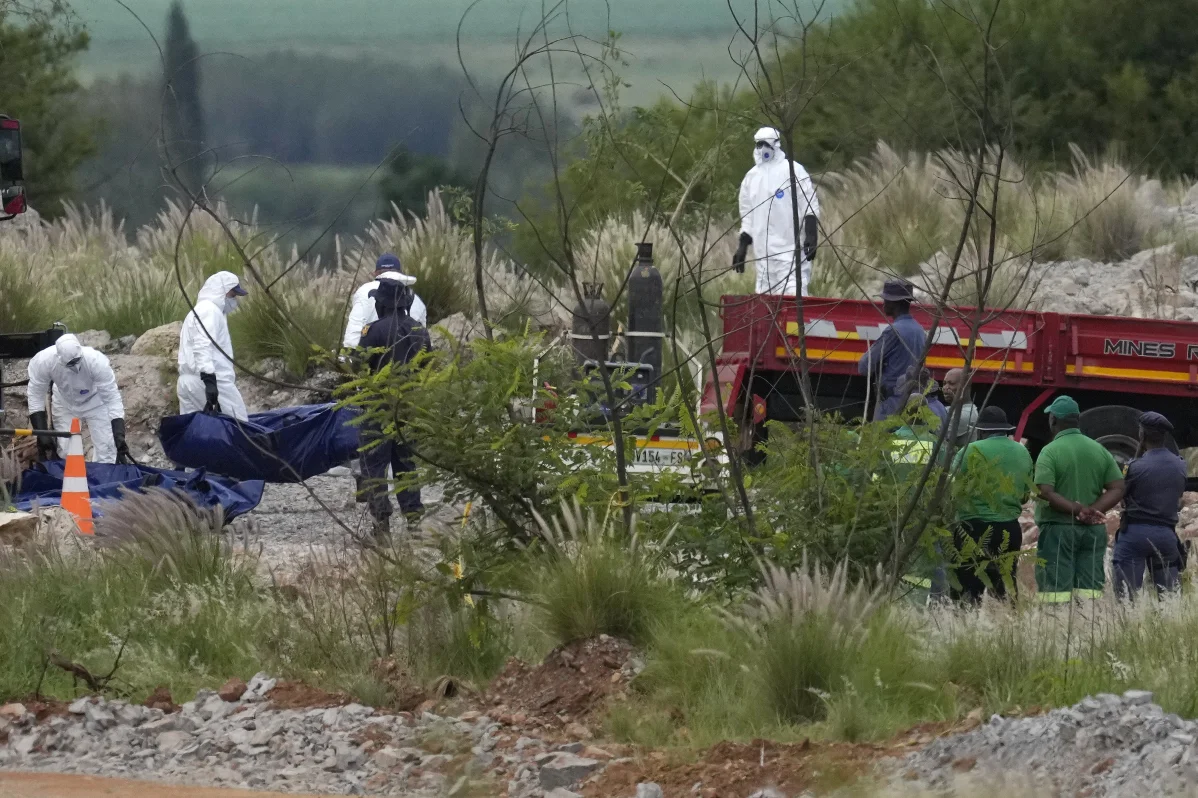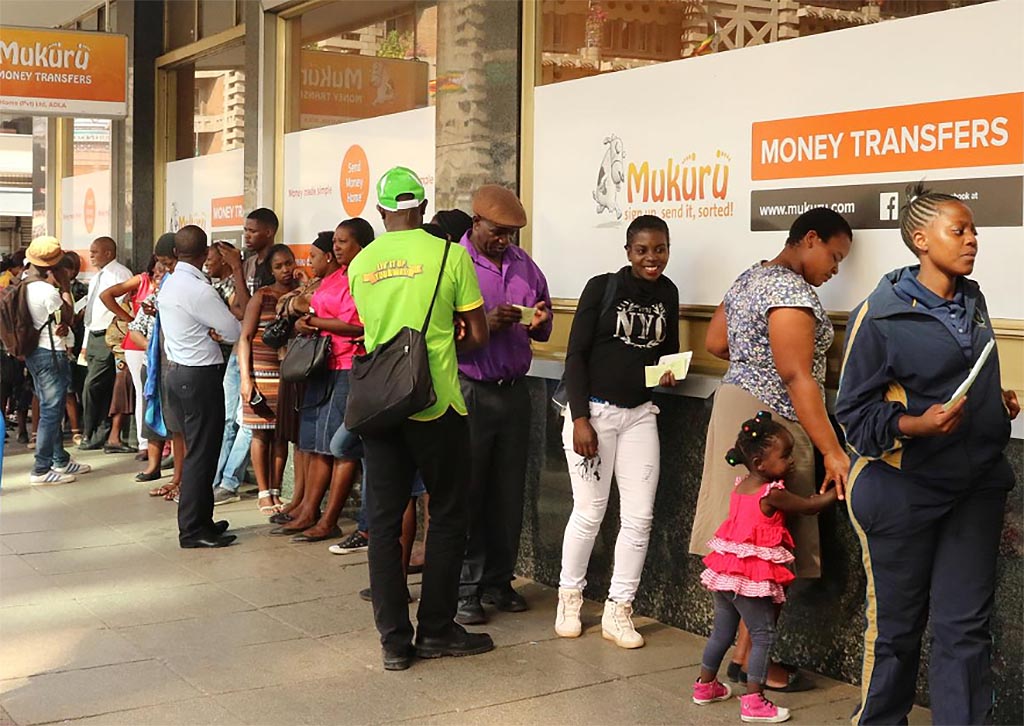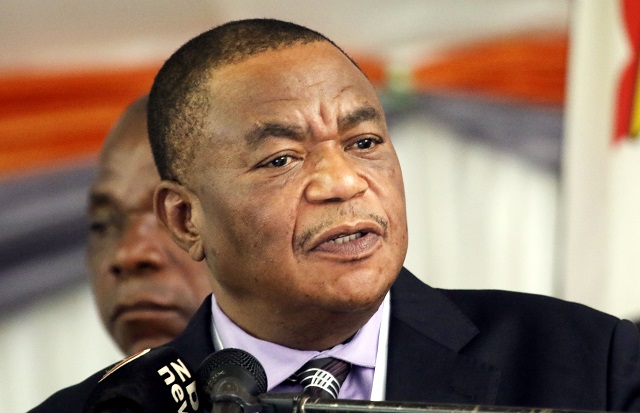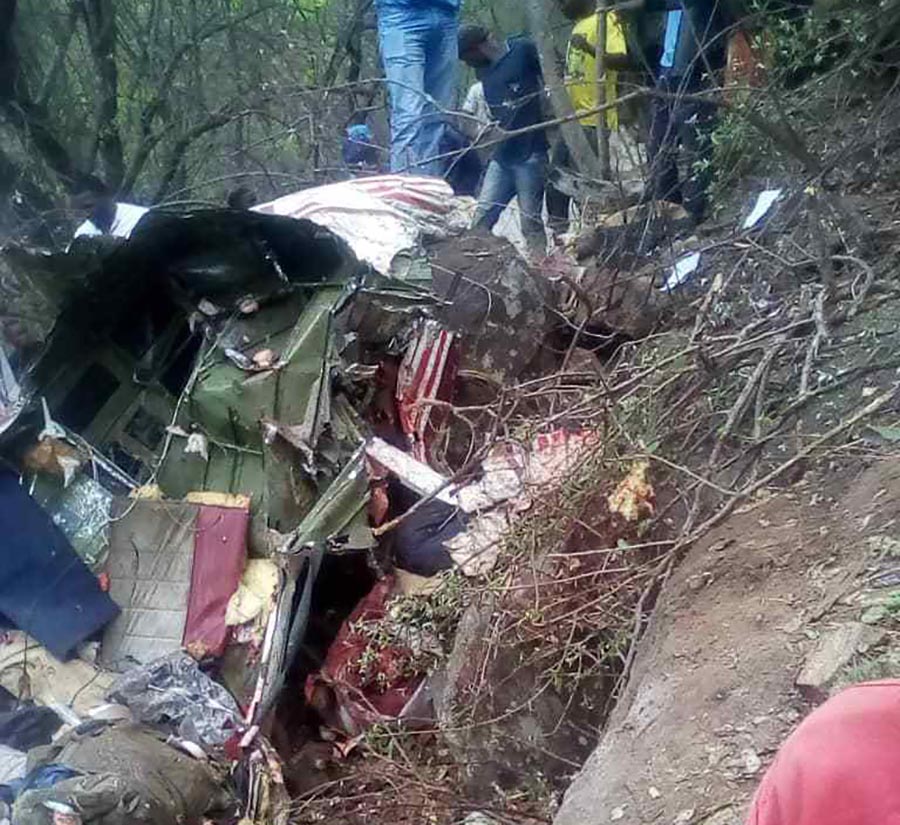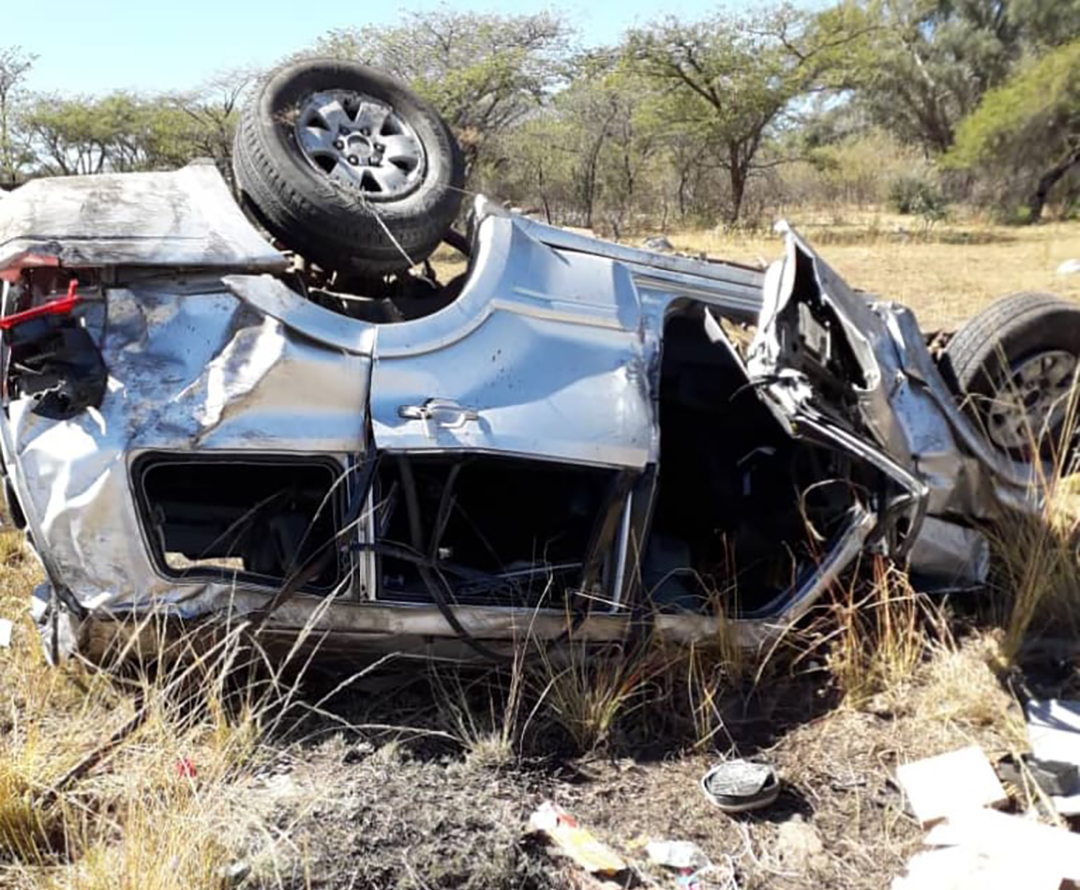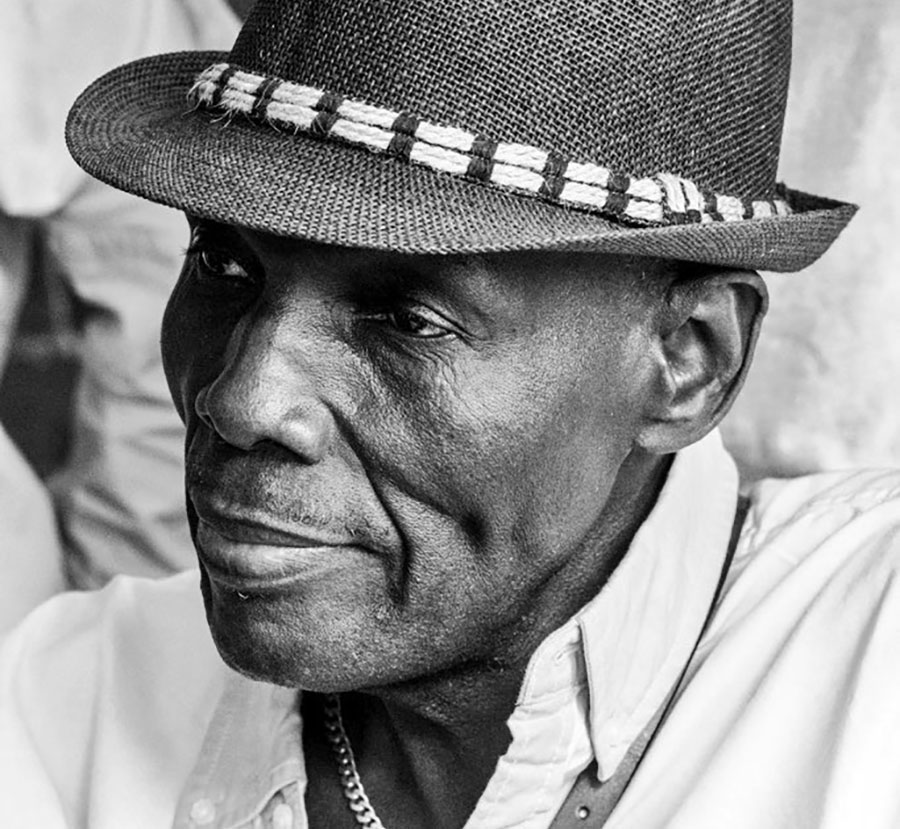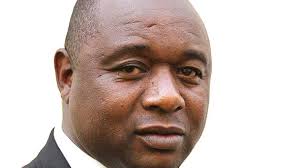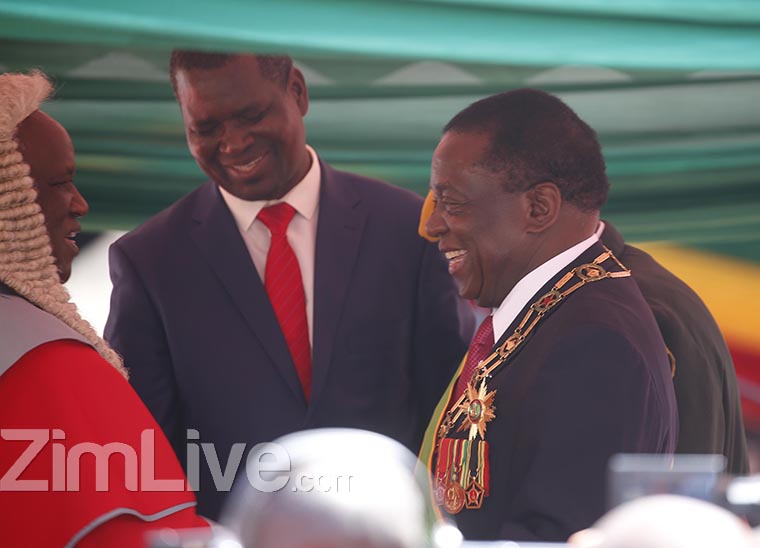STILFONTEIN, South Africa — South African police said Wednesday they have ended a rescue operation at an abandoned gold mine where scores of illegal miners were trapped and believe they rescued all the survivors and retrieved all the bodies of those who died.
The announcement was a surprise and came just a day after the police minister said the rescue operation at the mine near the town of Stilfontein, southwest of Johannesburg, would likely last until at least next week.
Police said that 78 bodies had been recovered from the gold mine since the rescue operation began on Monday and more than 240 survivors had been rescued.
Police made the announcement at a news conference at the mine. They said rescuers would do a final sweep of the mine on Thursday to ensure no more survivors or bodies were underground.
The miners languished for months during a standoff with authorities who demanded they surrender to police because they were mining illegally.
The disaster has focused criticism on the South African government’s decision to try to “smoke them out” by cutting off food and other supplies for a time. Civic groups claim authorities also removed the ropes and pulley systems that the miners used to enter at least one shaft and send down supplies.
The groups say the government’s weekslong refusal to stage a rescue effectively left scores of miners to die of starvation or dehydration. The rescue operation which got underway on Monday came after a court order in response to an application by a relative of one of the miners.
South African authorities had argued that the miners were able to exit through another shaft at Buffelsfontein Gold Mine, one of the deepest in the mineral-rich country.
The Democratic Alliance, South Africa’s second biggest political party which is part of a governing coalition, called for an independent inquiry to find out “why the situation was allowed to get so badly out of hand.”
A specialist mining rescue company has been dropping a small cage thousands of meters into the mine to retrieve survivors and bodies. But no personnel from the company entered the shaft because they considered it too dangerous — instead community volunteers headed down in the cage to help the miners out.
Police first tried to force the miners out of the closed mine in November by cutting off their supplies. The move, part of a larger crackdown on illegal mining, began a standoff between authorities and the miners and members of the community.
A court ruled that authorities had to allow supplies in — but civic groups argue that officials needed to do more at that point because even without police interference the miners weren’t able to get enough food and water into the mine and the situation was becoming dire.
The mine is 2.5 kilometers deep with multiple shafts, many levels and a maze of tunnels. A group representing the miners said there were numerous groups in various parts of the mine and estimated that more than 500 miners were underground when the rescue started.
It’s unclear exactly how long they’ve been underground, but relatives say some of them have been there since July.
Survivors, some of them foreigners from neighbouring countries, will face charges of illegal mining and trespassing. Authorities seized gold, explosives, firearms and more than $2 million in cash from the miners.
Authorities are particularly under fire for their tactics last year, when they cut off food and other supplies to the miners underground for a period of time. It was an attempt to “smoke them out,” a South African Cabinet minister said, adding that authorities would not help the miners because they were “criminals.”
Rights groups have condemned the plan, accusing authorities of contributing to a “massacre” at the mine. South Africa’s second largest trade union federation called it “one of the most horrific displays of state willful negligence in recent history.”
But while anger is high in the local community, the tragedy has not stoked a strong reaction across South Africa, where illegal mining is often in the news.
The practice is common at mines that companies have closed because they are no longer profitable, leaving groups of informal miners to enter in a search for leftover deposits. South Africa has an estimated 6,000 abandoned mines.
The South African government has taken a hard-line approach to the groups, which have long been a problem for authorities. They are often armed and part of criminal syndicates, the government says, and many are foreigners who entered South Africa illegally from neighboring countries.
The government says they are robbing South Africa of more than $1 billion a year in gold.
Authorities said that more than 1,500 people have been arrested for mining illegally in the Stilfontein area over the last year, with the vast majority of them from Mozambique, Zimbabwe and Lesotho. – AP

